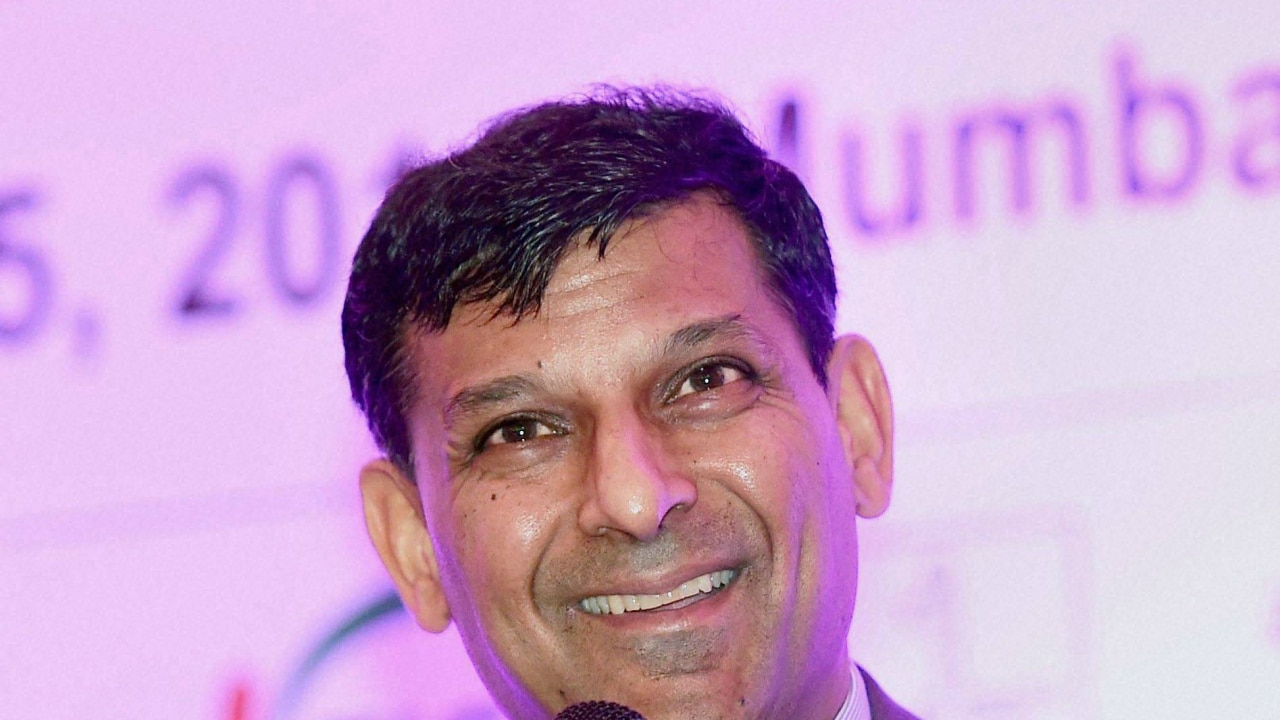
The euphoria over the Reserve Bank of India (RBI) cutting the repo rate, the rate at which banks borrow from the RBI, from 7.25 per cent to 6.75 per cent, and the reverse repo rate, the rate at which RBI borrows from the banks, from 6.25 per cent to 5.75 per cent, among market hawks and their cheerleaders in the media is both expected and understandable. For months now the pundits and the laity in the media have been lamenting that the economy is not moving forward because of the RBI’s stodgy policy of stalling a rate cut because of its irrational fears of fuelling inflation. It is quite possible that the 50 basis points or half per cent rate cut announced today would even now fail to satisfy the experts who would have liked the cut to be steeper than it is.
It should not come as a surprise if RBI Governor Raghuram Rajan’s decision on Tuesday morning is interpreted as yielding to popular pressure and seeing reason at last. But it’s quite clear to anyone who cares to see that Rajan took his time weighing the options and only then took a considered decision. Caught up in the excitement over rate cut, not many would bother to read Rajan’s statement which has gone up on the bank’s website. But if they do read it, they will surely find his arguments both sober and cautious.
It has to be straightaway stressed that the rate cut is not a magic wand and it is not going to have a booster effect on the economy. Besides, the banks, in turn, will have to cut their own lending rates to make it productive. But recall that only a couple of weeks ago, banking heads had pleaded their inability to slash interest rates because of the weight of the growing non-performing assets on their balance sheets — something Rajan himself has taken note of. The important thing is that the other stakeholders in the economy, including the government, the private sector and the consumers, need to do their bit to push the economy forward.
The RBI has brought down the projection for the GDP (gross domestic production) growth rate from 7.6 per cent to 7.4 per cent because of slower global economic growth as well as sluggish global trade. A major factor cited by the RBI governor in the statement is “a continuing lack of appetite for new investment in the private sector”. It is then necessary for us not to become too complacent over the seven-per cent-plus growth rate which, in reality, is sub-optimal. Had the global economic environment been in better health, the Indian growth rate could possibly have even risen to eight-per cent-plus. But the state of the world economy does still give cause for concern.
There still remains a great deal of uncertainty about the prospects of economic growth, globally as well as at the national level. Against this somewhat bleak background, a question mark continues to hang over future projections of India’s growth rate.
It is therefore necessary for the different stakeholders to look beyond the interest rate adjustment. Government may have to increase public spending, including the revival of stalled infrastructure projects. Believing that high interest rates have created a liquidity crunch is a misconception in itself. There is enough and more cash available all round. The question is of spending the money on the right projects. The analysts in government as well as in the realm of policymaking need to assess the economy from a broader perspective. It would not be enough to simply lower EMIs of home-owners by marginal notches — premised on the expectation of rate cuts by banks.
Achieving economic vibrancy is a more complicated project that requires multiple interventions and policies to make it a success.